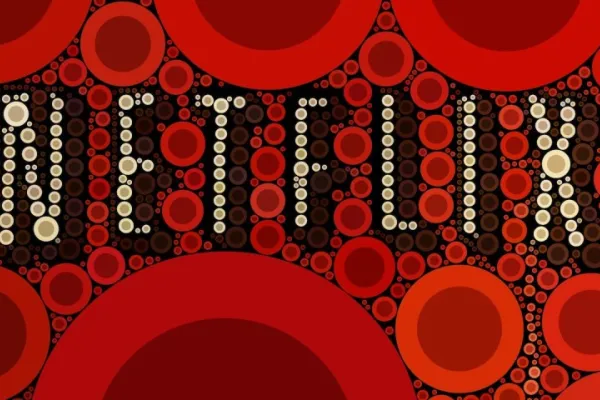 Details
Details
When marketers talk about native advertising, we’re generally talking about in-feed, paid social media campaigns; but that’s not all there is to native.
The industry focuses on native social media because it’s usually where we spend most of our budget. In reality, native includes everything from discovery to display, to programmatic, to social media and sponsored content, as well as in-feed and outstream video.
Recent data shows our budget allocations are changing and that nonsocial native channels are catching up to social native channels—both in-feed and sponsored content on publisher sites will get more of our ad dollars next year.
Growth in in-feed and sponsored content advertising are shifting ad budgets away from native social advertising.
Budgets are shifting away from social
Recent data from eMarketer shows that growth in in-feed and sponsored content advertising are shifting ad budgets away from native social advertising.
Their recent report, “US Native Digital Display Advertising Forecast: Social Dollars Drive the Market—for Now,” discusses some of the predicted shifts in marketer’s budgets in-depth:
RELATED: What's Trending Right Now? Looking Into 4 Native Ad Studios
"Social advertising, most of which can be classified as native display, is largely responsible for native’s healthy growth. In fact, native ads on Facebook, Twitter and other social networks will account for 84.2% of total US native display ad dollars in 2017.
That share will fall slightly to 82.2% by 2018, as nonsocial forms of native—specifically in-feed and sponsored content—grow more aggressively in the next year."
Advertisers are already sharing their success stories with sponsored content and their feedback supports this trend.
No matter what size business you are—from enterprise to startup—there’s value in sponsored content.
Advertisers see the positive results
No matter what size business you are—from enterprise to startup—there’s value in sponsored content.
On the enterprise side, the Passenger 6A team at TUI Group is a good example. They used a diverse mix of media channels for their recent “Visit Britain” campaign on tui.in, which included several articles related to travel in Britain, with a call to action (CTA) to book travel.
As their campaign ran, they consistently saw a lower CPA with sponsored content and shifted their budget there. Sponsored content performed better than social and all other native channels—social drive less than 1% of the traffic to this campaign.
RELATED: How to Build a Performance Native Advertising Campaign
“In several new markets, we wanted to start selling travel packages directly to customers online. We created the Passenger 6A (P6A) editorial brand to educate consumers about our offerings, and saw immense success in audience growth and content engagement with [sponsored content] during our recent ‘Visit Britain’ campaign.” — Nuria Cabot, Global Marketing Director, Passenger 6A
Performance marketing campaigns have seen success with sponsored content as well.
Sponsored content isn’t just supportive of editorial content marketing either, performance marketing campaigns have seen success with sponsored content as well.
Bombfell, a startup in NYC that provides a men’s clothing subscription service, started using sponsored content when other traditional channels—social, search and paid—weren’t scaling at the rate they had hoped.
“As a very performance-based marketing team, we needed to find additional channels to achieve scale and performance. With [sponsored content], we exceeded our expectation for conversions.” — Sandro Roco, Sr. Manager of Marketing at Bombfell
While they had seen good performance with these other channels, including native social, they wanted to grow faster and sponsored content helped them do that.
As in-feed and sponsored content grow, think about staying competitive and trying out new channels to reach new audiences
Why sponsored content works
Sponsored content worked so well for both of these brands, as well as other enterprise and SMB brands, for a couple of reasons:
- The potential for scale is huge. While it’s true that Facebook and Google have the biggest audiences, the aggregation of the entire internet is much wider, providing a bigger opportunity for scale.
- The mindset of the audience of sponsored content is different. The audience on the open web is already consuming content—they’re on the sites of their favourite publishers or brands, and are open to discovering something new. Sponsored content services this interest in an environment that’s engaging, and effective for marketers.
RELATED: 10 Experts on the Secret to Good Native Advertising
No one is sounding the death knell for social media advertising, but there is something to be said for diversifying your media mix across campaign types in 2018.
As in-feed and sponsored content grow, think about staying competitive and trying out new channels to reach new audiences where your competitors might not have gone yet—as these examples show, more social media ads aren’t always the answer.




